Joseph Farman, 1930–2013
The scientist who discovered the ozone hole over Antarctica
Joseph Farman had been manually recording data on the atmosphere in Antarctica for 25 years when a superior asked him why he bothered, since satellites were gathering the data automatically. The answer came two years later, when Farman’s data—not that from the high-tech satellites—revealed a hole the size of the U.S. in the ozone layer over Antarctica.
As a recent graduate of Cambridge University in 1956, Farman spotted an ad seeking physicists to work in the Antarctic, which “appealed to his sense of adventure,” said The Guardian (U.K.). He soon shipped out to the South Pole and set out ground meters to monitor the ozone layer, the stratospheric “shield” that protects the earth from most of the sun’s harmful ultraviolet rays.
When ozone levels dropped severely in the early 1980s, Farman first thought his equipment had failed, said The New York Times. But new meters “produced results even more startling,” and in 1985 Farman co-authored a paper showing ozone levels over Antarctica had fallen almost 40 percent from 1975 to 1984. The study confirmed the thesis that chlorofluorocarbons (CFCs) used in refrigerators and aerosol cans were to blame, and Farman became “something of a working-class hero among scientists.”
The Week
Escape your echo chamber. Get the facts behind the news, plus analysis from multiple perspectives.

Sign up for The Week's Free Newsletters
From our morning news briefing to a weekly Good News Newsletter, get the best of The Week delivered directly to your inbox.
From our morning news briefing to a weekly Good News Newsletter, get the best of The Week delivered directly to your inbox.
NASA sheepishly admitted that its satellites had collected but dismissed the same data, in what is now considered “one of the greatest scientific oversights of all time,” said The Daily Telegraph (U.K.). Political negotiations to save the vanishing ozone layer led to the 1987 Montreal Protocol phasing out CFCs, and the hole is now shrinking.
A free daily email with the biggest news stories of the day – and the best features from TheWeek.com
-
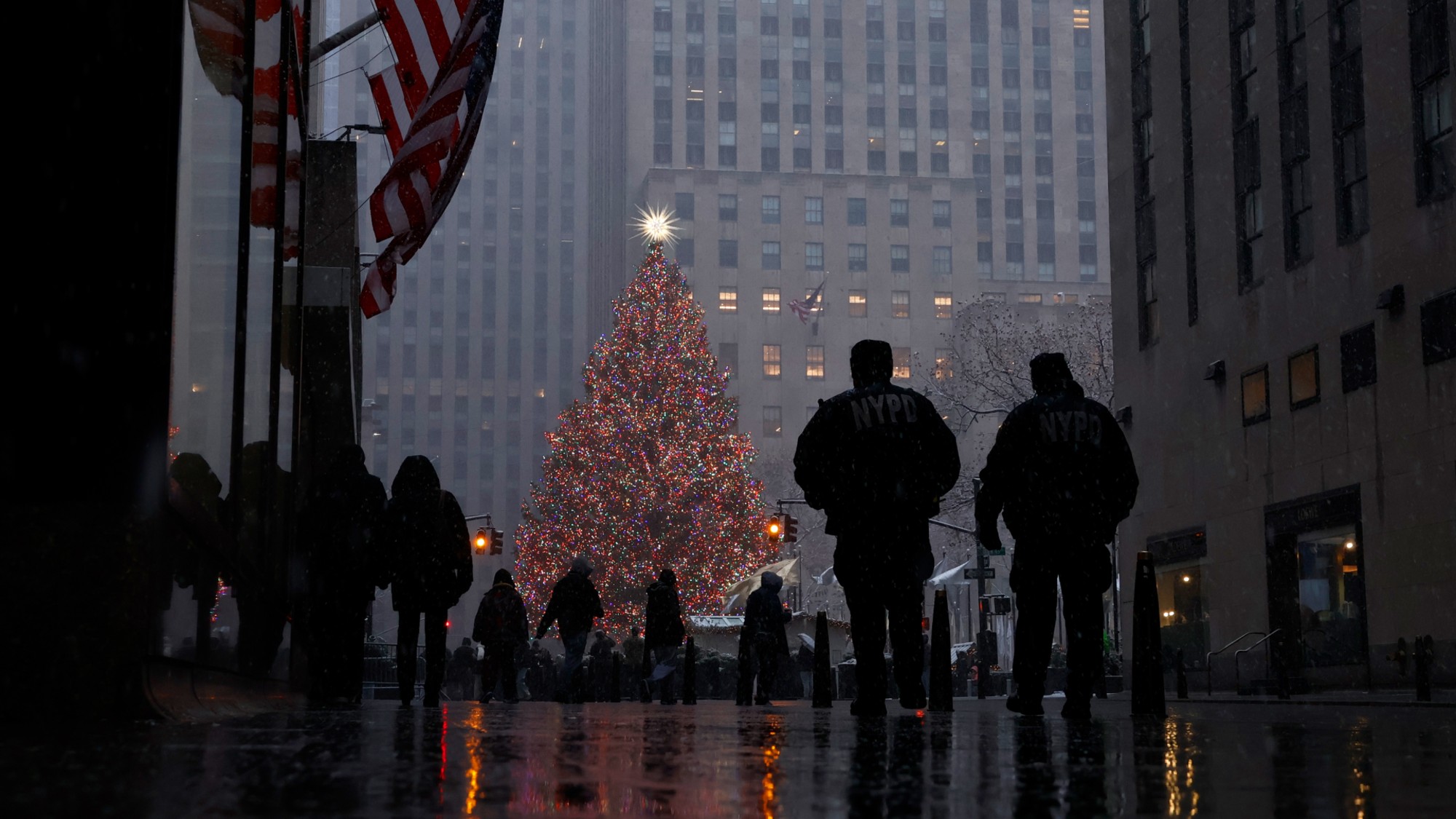 How climate change is affecting Christmas
How climate change is affecting ChristmasThe Explainer There may be a slim chance of future white Christmases
-
 The MAGA civil war takes center stage at the Turning Point USA conference
The MAGA civil war takes center stage at the Turning Point USA conferenceIN THE SPOTLIGHT ‘Americafest 2025’ was a who’s who of right-wing heavyweights eager to settle scores and lay claim to the future of MAGA
-
 The 8 best drama movies of 2025
The 8 best drama movies of 2025the week recommends Nuclear war, dictatorship and the summer of 2020 highlight the most important and memorable films of 2025
-
 Joanna Trollope: novelist who had a No. 1 bestseller with The Rector’s Wife
Joanna Trollope: novelist who had a No. 1 bestseller with The Rector’s WifeIn the Spotlight Trollope found fame with intelligent novels about the dramas and dilemmas of modern women
-
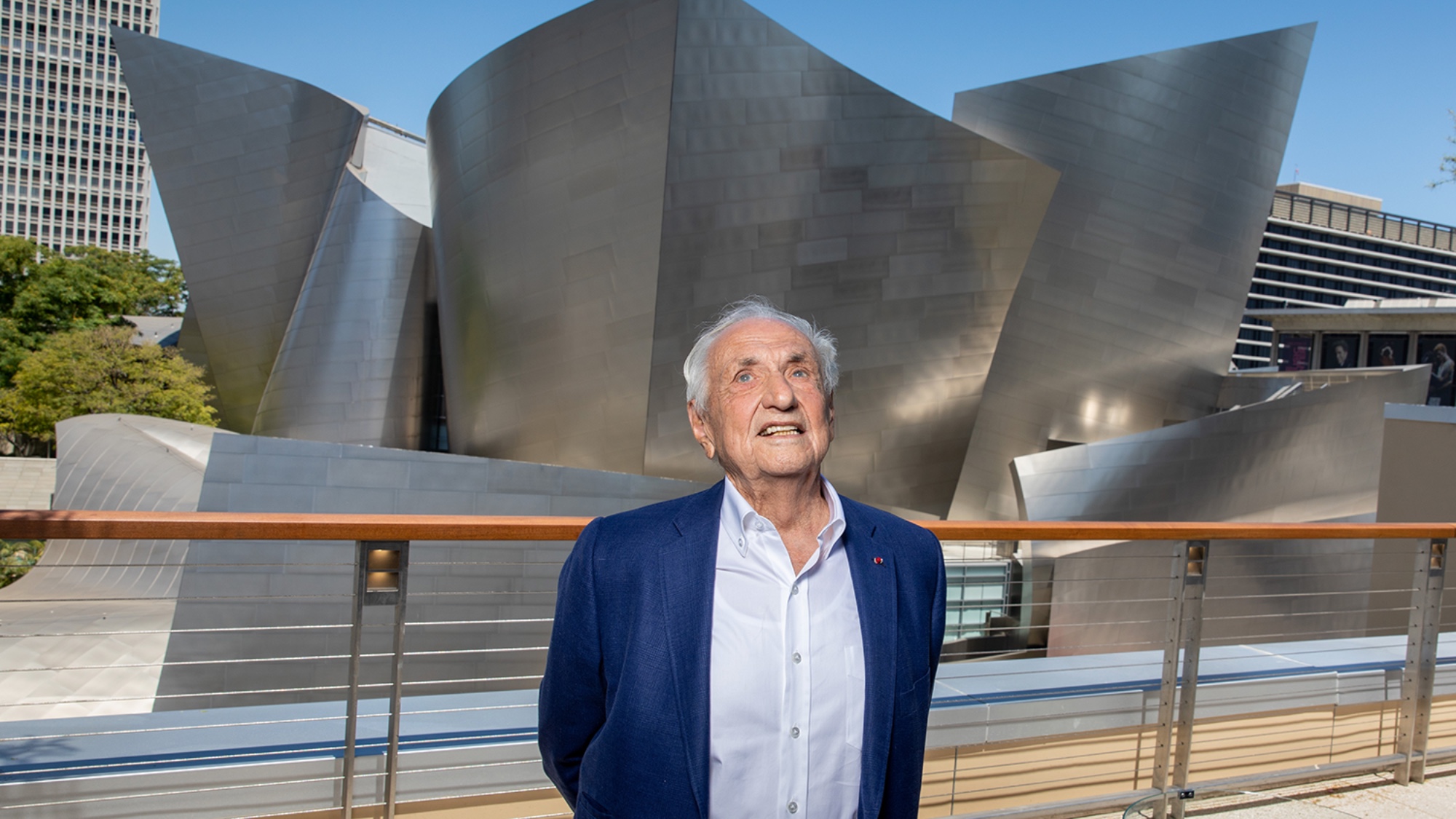 Frank Gehry: the architect who made buildings flow like water
Frank Gehry: the architect who made buildings flow like waterFeature The revered building master died at the age of 96
-
 R&B singer D’Angelo
R&B singer D’AngeloFeature A reclusive visionary who transformed the genre
-
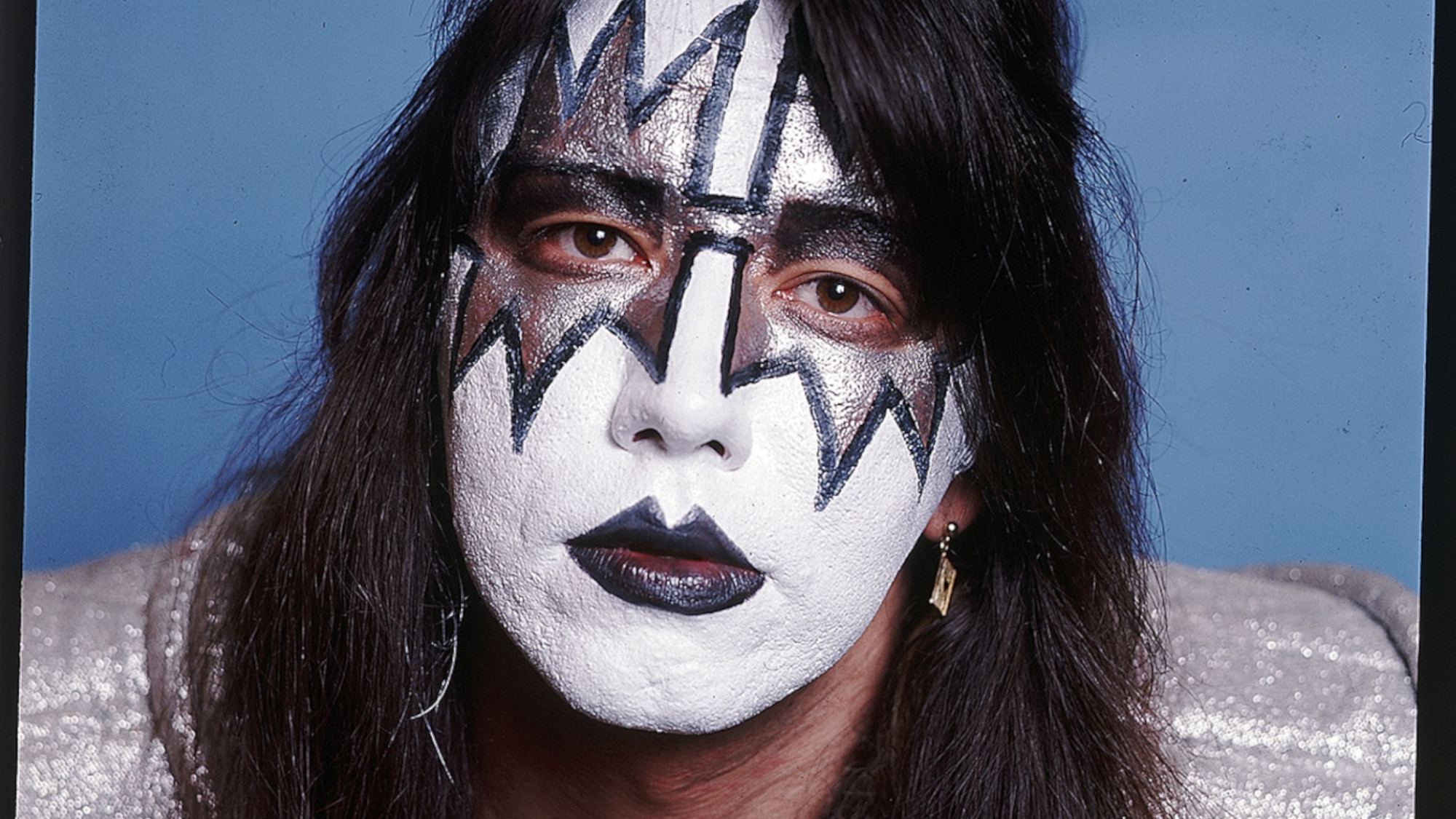 Kiss guitarist Ace Frehley
Kiss guitarist Ace FrehleyFeature The rocker who shot fireworks from his guitar
-
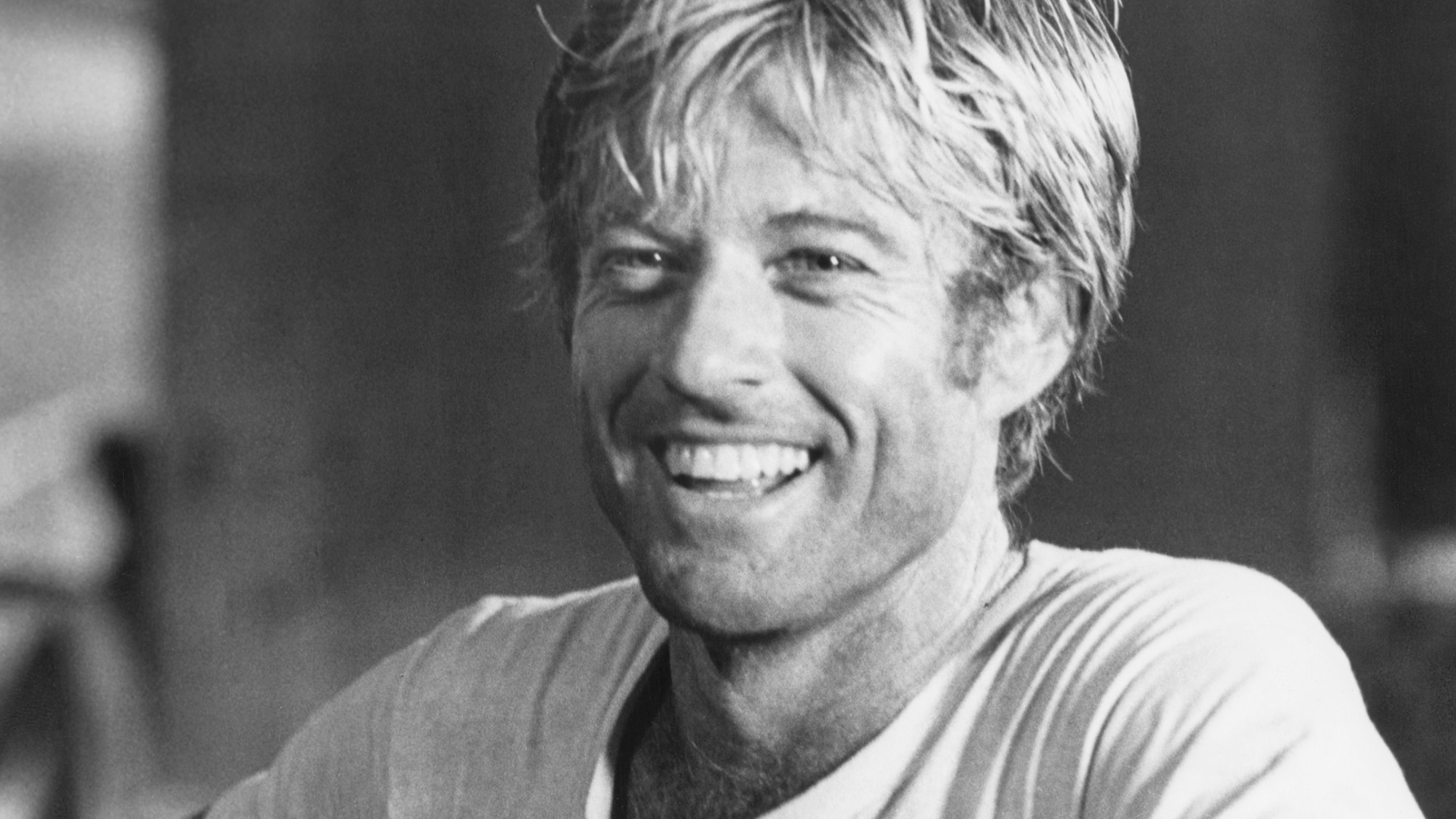 Robert Redford: the Hollywood icon who founded the Sundance Film Festival
Robert Redford: the Hollywood icon who founded the Sundance Film FestivalFeature Redford’s most lasting influence may have been as the man who ‘invigorated American independent cinema’ through Sundance
-
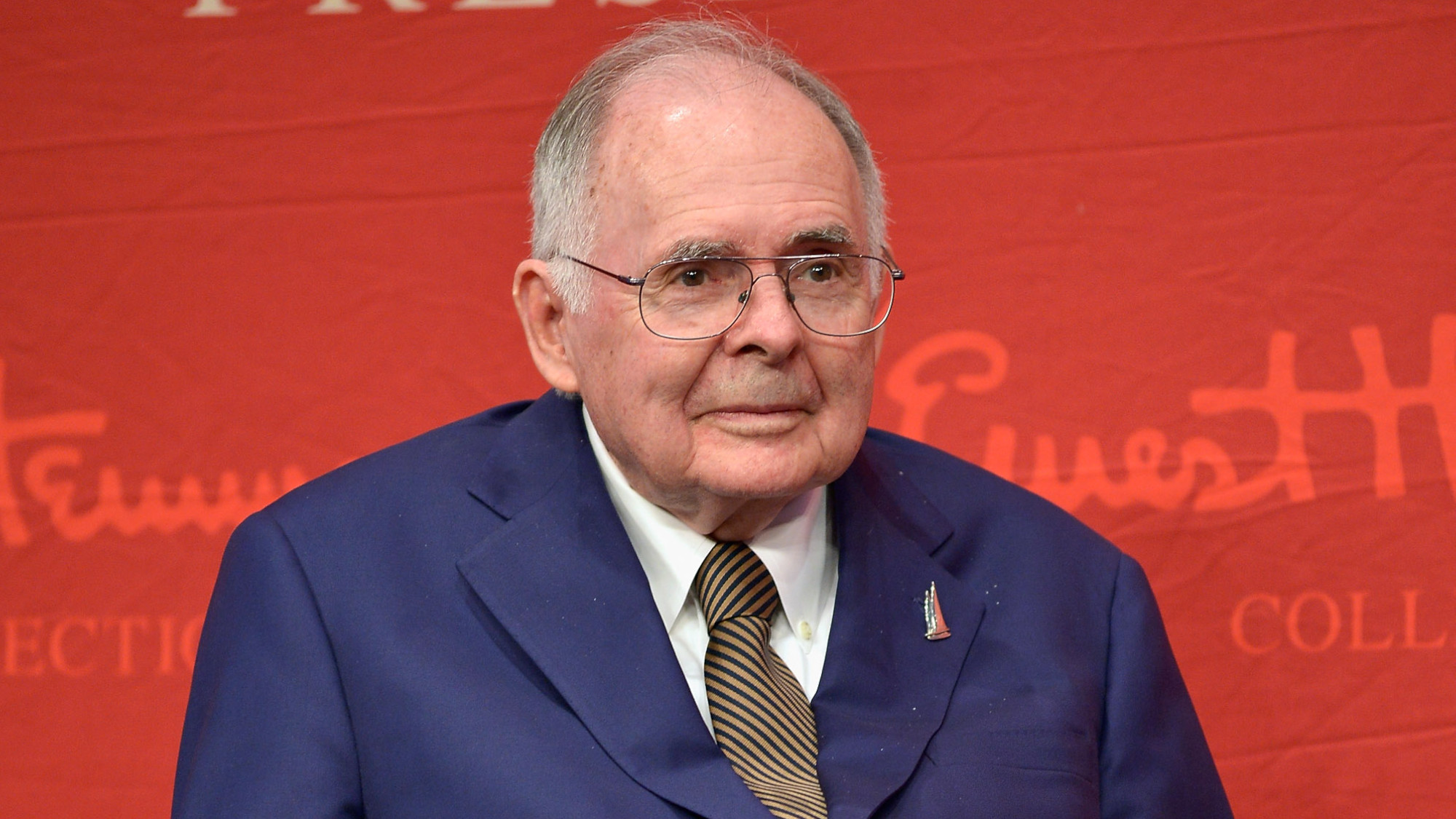 Patrick Hemingway: The Hemingway son who tended to his father’s legacy
Patrick Hemingway: The Hemingway son who tended to his father’s legacyFeature He was comfortable in the shadow of his famous father, Ernest Hemingway
-
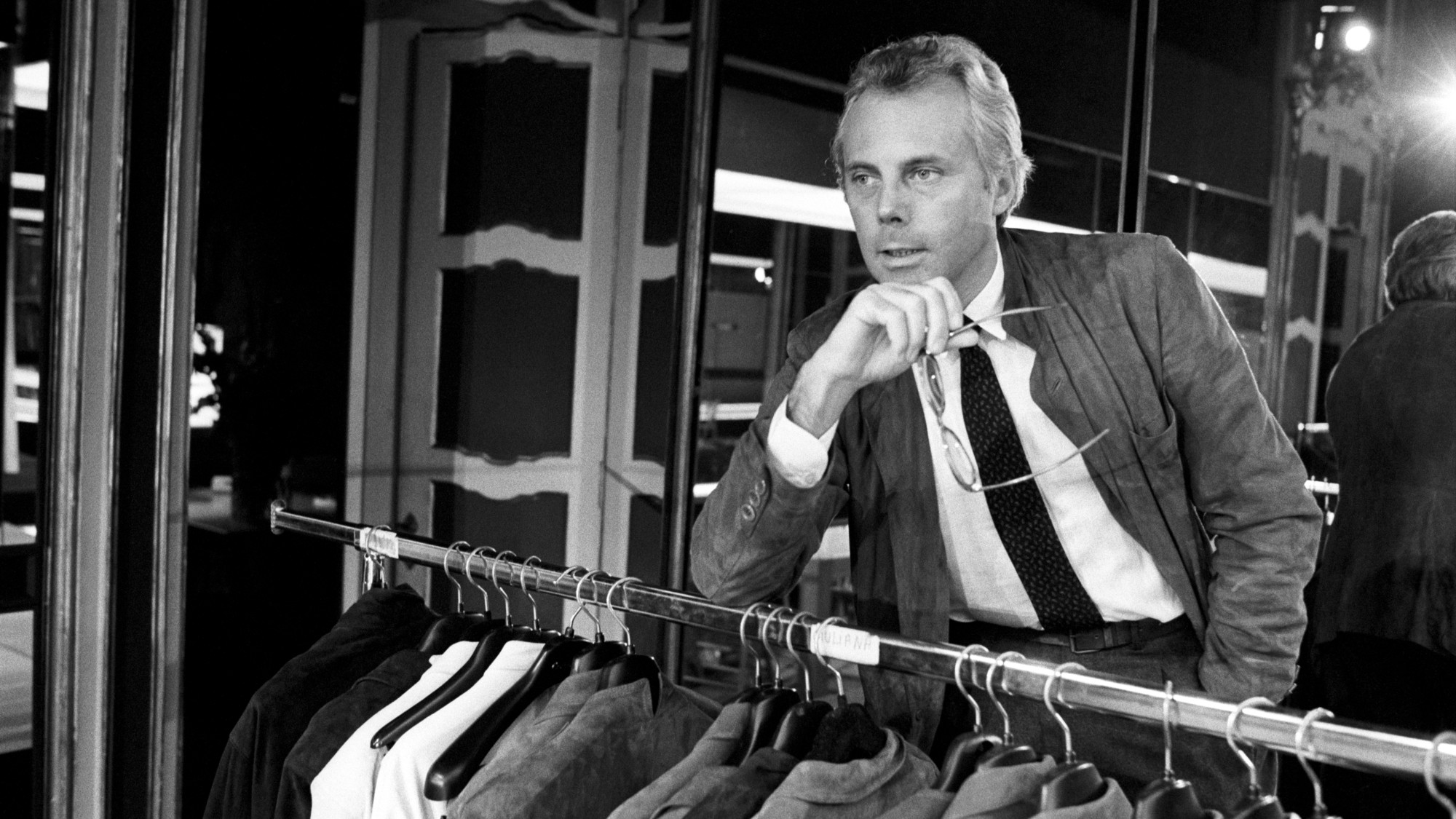 Giorgio Armani obituary: designer revolutionised the business of fashion
Giorgio Armani obituary: designer revolutionised the business of fashionIn the Spotlight ‘King Giorgio’ came from humble beginnings to become a titan of the fashion industry and redefine 20th-century clothing
-
 Ozzy Osbourne obituary: heavy metal wildman and lovable reality TV dad
Ozzy Osbourne obituary: heavy metal wildman and lovable reality TV dadIn the Spotlight For Osbourne, metal was 'not the music of hell but rather the music of Earth, not a fantasy but a survival guide'